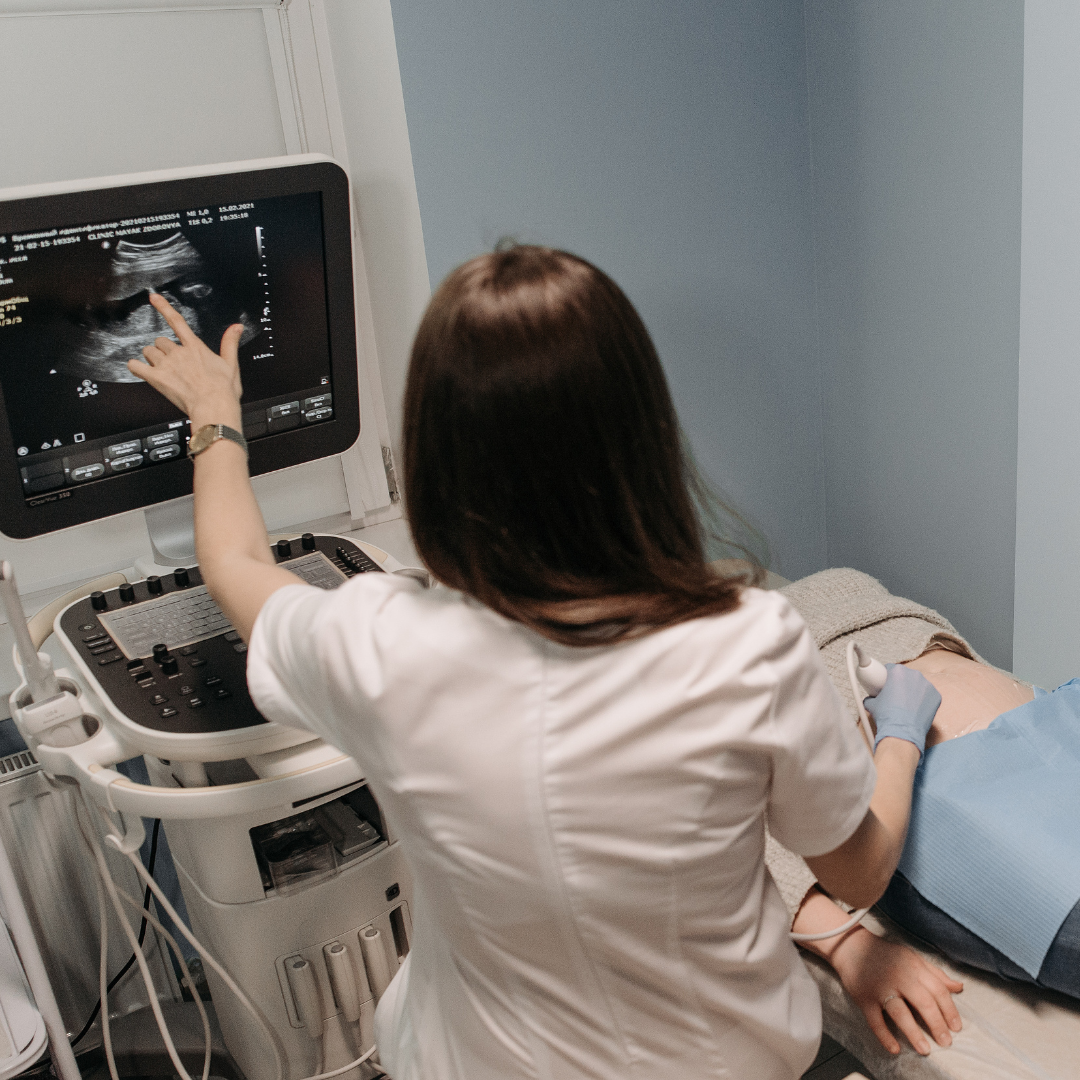In your everyday life, ultrasound imaging is used for a myriad of activities. If you have an ultrasound machine in your doctor’s office, you can ask about a lot of health-related issues. If you have a baby, are a medical student, or a vet technician in a veterinary clinic, ultrasound is a critical tool for helping to diagnose a variety of problems. Ultrasound is also used in industries such as health care, engineering, geology, archaeology, and biomedical engineering to help create products and improve the quality of life.
While there is a plethora of applications associated with ultrasound, there is, however, the scope for improvement in efficiency and versatility. Take for example pulmonary ultrasound. Images developed post-probing are not an anatomical representation of the lung, which prevents proper quantification of lung damage. So, it would require further tests, probing, and possibly a CT scan to assess injuries sustained or deterioration in pulmonary health. Continual developmental processes are underway to develop and make the machine more versatile. And these processes and tests are generally conducted with the help of professionals in designated facilities that have the necessary resources to make tweaks and improvements (gain more clarity on this facet from idrmedical.com). With adequate research and development, the versatility of ultrasonography can be greatly improved, which could bring in more comprehensive results.
All The Things Ultrasound Can Be Used For?
Ultrasounds are one of the most commonly used medical imaging tests, but are they only used for babies? The truth is that there are many things that ultrasound can be used for, and this article will give you an overview of the different exams that are performed.
Pregnancy
Ultrasound is an incredible technology that has transformed our way of looking inside the human body. Its capability to peer into a living person’s body makes it invaluable for various medical conditions. One crucial application is in the realm of pregnancy, where doctors use ultrasound to monitor a baby’s growth and identify potential fetal abnormalities, including heart conditions. Regular pregnancy ultrasound is vital for tracking the baby’s development. Skipping these check-ups may lead to overlooking pregnancy complications, potentially resulting in birth injuries, newborn abnormalities, and, in rare instances, even fatalities. These issues could be rare, but if occurred, may need professional assistance from a Child birth injury lawyer to sue the doctor and hospital for medical malpractice. Ultrasounds can help to avoid extreme intricacies during pregnancy.
Diagnostics
Ultrasound is a common medical tool for looking inside the body. Unlike x-rays, it uses sound waves. These waves move quickly, bouncing off body tissues. The echoes are then turned into images on a screen. Doctors use ultrasound in various medical areas like pregnancy care, heart and blood vessel checks, and studying stomach and female reproductive issues. So, if you’re dealing with serious health concerns in any of these areas, your doctor might recommend an ultrasound. You can then go to a nearby radiology center. If you’re having trouble finding one, you can search online with terms like “radiology near me in Fair Lawn” or wherever you are, to locate a center for your ultrasound. This can help with diagnosis and treatment planning.
Therapeutic applications
Ultrasound isn’t just an amazing diagnostic imaging tool; it is also a powerful therapeutic tool that can benefit a wide variety of medical conditions. That is because it uses sound waves to make waves of tiny water molecules. This modification is called micro-sonication and is all around us in foods like apples and tomatoes. Ultrasound devices make use of this phenomenon by sending sound waves through the skin and producing a reflection that can be seen on a special imaging device. The technique is used in many fields, including fertility and dermatology, and has been shown in some studies to improve the effectiveness of treatments for several different conditions.
Different Types of Ultrasounds
You can use ultrasound in many things. Now, let’s talk about the different types of ultrasounds. The following are the different types of ultrasounds and their uses.
Transvaginal ultrasound
A transvaginal ultrasound is a test done on a patient’s abdomen and pelvis rather than their breasts or other parts of their body. A transvaginal ultrasound, simply put, is a test that uses sound waves to view the internal organs. It is a test that is performed by using a small probe or wand, which resembles a large flashlight and is placed into the vagina.
Transesophageal echocardiogram
This procedure uses ultrasound to view the heart, lungs, and other internal organs without inserting a needle into the body. It’s commonly used to diagnose various conditions, such as heart failure, coronary artery disease, or pulmonary hypertension. But it’s also used to help diagnose other conditions, such as esophageal cancer, lung cancer, and sub-acute bacterial endocarditis, to name a few.
Transrectal ultrasound
Transrectal ultrasound (TRUS) is a newer technology that can perform transvaginal ultrasound, which is much more sensitive than traditional ultrasound (ultrasound), which is the most commonly used method of performing diagnostic ultrasounds. TRUS uses sound waves that are focused on the rectum to create vivid images of the inside of the rectum, which can reveal conditions like cancer, endometriosis, hemorrhoids, etc. TRUS can be used to diagnose conditions like ovarian cancer (in women).
Ultrasound imaging is a medical procedure that uses high-frequency sound waves to produce a visual image of a hard-to-find area in the body. It will help you to identify your health problem faster.

